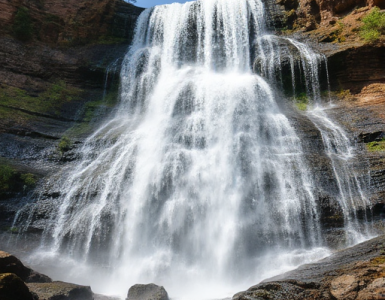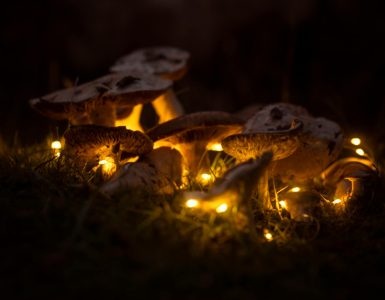Take the kangaroo rat, for example. This little critter doesn’t even drink water! Instead, it gets all its hydration from the seeds it munches on. Just like your favorite snack might quench your munchies, these seeds provide everything they need. Talk about resourcefulness! They have kidneys that are like tiny water-saving experts, filtering urine to a super concentrated level, so every drop counts.
Then there’s the wise old tortoise, who has a different trick up its shell. These slow-paced critters can store up moisture in their bodies like a water bottle, allowing them to survive long stretches without a sip. Imagine carrying your own personal cooler wherever you go—that’s how these tortoises roll!
And let’s not forget the amazing camels. The ultimate desert kings, camels can drink a whopping 40 gallons of water in one go! But they don’t need to drink often; they sweat minimally, conserving moisture like a pro. Their thick fur acts as insulation against the scorching sun while keeping them cozy at night when temperatures plunge.
The Adaptations That Help Them Thrive
Let’s dive into the cool world of adaptations. Take, for instance, the arctic fox. With its thick fur and a specialized body that keeps it warm in freezing temperatures, it’s like wearing a built-in winter coat! Foxes can change their color with the seasons, blending into the snowy landscape like a hidden gem. Who wouldn’t want that level of camouflage?

Then there’s the chameleon, a little master of disguise. It can change its color not just for safety but also to communicate. It’s like having a mood ring that can protect you from predators while expressing your feelings! Isn’t that clever?
And let’s not forget about the impressive migration of the monarch butterfly. They travel thousands of miles to find the perfect climate, just like taking a long road trip with family, but with a way more scenic route. Their journey isn’t just a leisurely stroll; it’s a matter of life and death.
Now, consider how some fish adapt to deep-sea living. They’ve developed bioluminescence, lighting up the darkness like little underwater nightlights. This isn’t just for show; it helps them attract mates and lure in prey. Talk about smart strategies!
These adaptations are nature’s way of playing the ultimate game of survival, demonstrating incredible ingenuity. Every organism has its own set of tools designed through countless generations to overcome challenges in their environment. Isn’t nature just full of surprises?
The Secrets of Water Conservation in Harsh Environments
Firstly, think about the landscape. Plants like cacti and succulents thrive in tough conditions by storing water in their leaves and stems. Similarly, you can adopt xeriscaping in your garden—a method that uses drought-resistant plants to minimize water usage. It’s like dressing your garden in a low-water wardrobe!
Now, let’s talk about technology. Ever heard of drip irrigation? It’s the superhero of water conservation, delivering precise amounts of water directly to the roots of your plants. Imagine it as a well-targeted delivery service that ensures not a single drop is wasted. Plus, with smart systems that monitor soil moisture, you can water only when it’s needed. How cool is that?
But it doesn’t stop there. Collecting rainwater can set you up for success. Installing barrels to catch those precious droplets is like giving your garden a refreshing drink on a hot day. It’s simple yet effective, transforming a resource that often goes to waste into a goldmine for your plants.
And let’s not forget about the power of greywater! This might sound fancy, but it’s just the used water from your sinks or showers. Instead of sending it down the drain, why not repurpose it for your garden? Think about it as giving your plants a second chance at life with what would otherwise be wasted.
In the grand scheme of things, conserving water in harsh environments isn’t just smart—it’s essential. Every drop saved is a step toward sustaining life in those challenging climates. So next time you’re faced with a tricky water situation, remember these secrets and unleash your inner conservationist!
























Add comment